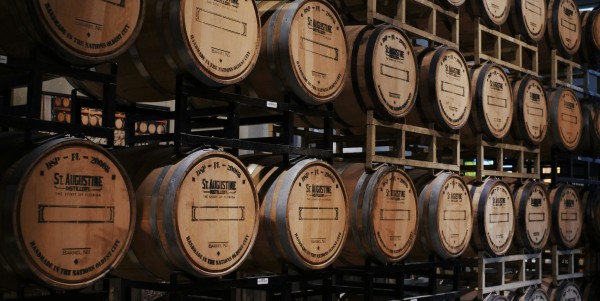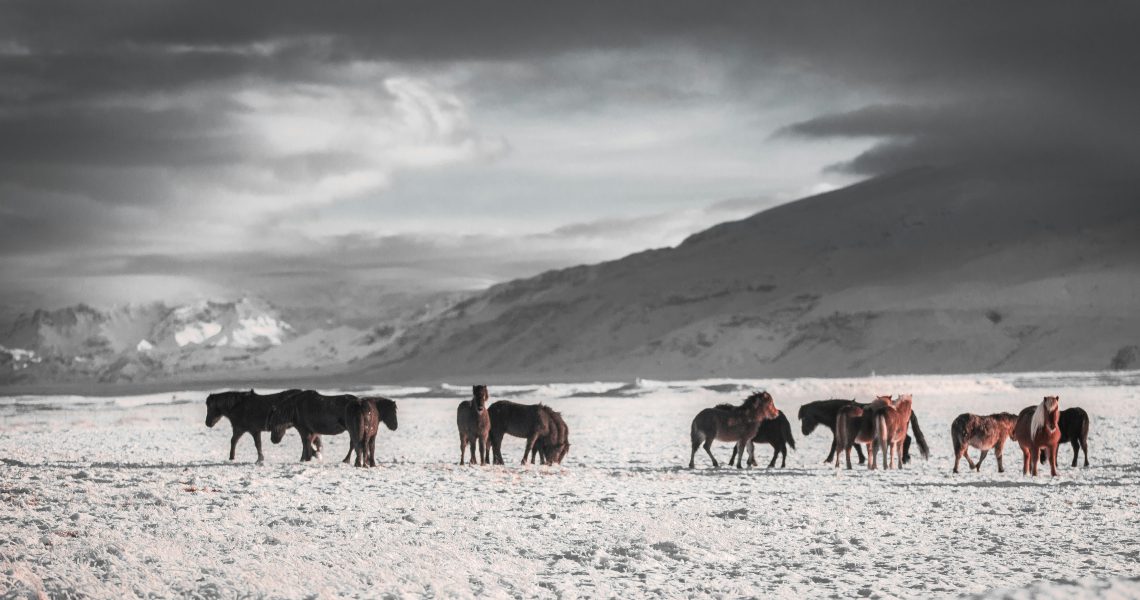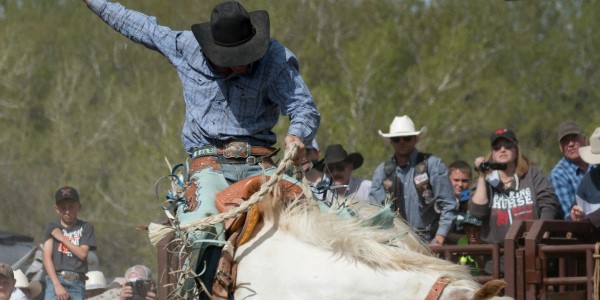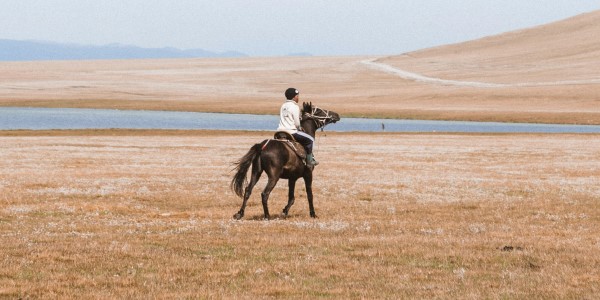Nestled in the charming town of Lyons, Colorado, a unique distillery experience awaits you with Craig Engelhorn, a local legend and former head brewer at Oskar Blues. Craig’s distillery tour takes you on a journey through the history and science behind their award-winning spirits. With his signature blend of humor and expertise, Craig will educate you. He knows everything about the distilling process but also entertains with fascinating tidbits about the craft. It’s an experience that combines fun, learning, and of course, great drinks. Also, if you are looking for a horse property for sale in Colorado, contact Colorado Horse Property today and speak with one of our horse-person realtors.
Distillery Tour in Lyons
Colorado has a rich history of distilleries dating back to the late 1800s. Many of its modern-day operations continue to innovate while honoring the past. From the first whiskey distilled in Colorado to the thriving craft distillery scene we see today, the state has become a hub for small-batch, artisanal spirits. Lyons, with its picturesque backdrop of the Rockies, has earned its place in this history. It has become home to one of the most exciting distillery tours in the state. Craig’s personal connection to the local brewing culture brings a unique flavor to the tour. It is a must-visit for spirit enthusiasts.
Calling all out-of-state visitors! Colorado has an extremely rich history in making alcohol! This tour is just the tip of the iceberg. At just $45, the tour is not only affordable but includes a complimentary tasting glass to take home—perfect for savoring the “magical spirits” you’ll enjoy throughout the experience. Whether you’re a Colorado native or visiting from out of town, Craig’s distillery tour offers a one-of-a-kind opportunity to connect with the craft and culture of local distilling. Don’t miss out on this unforgettable experience in the heart of Lyons!












